THCA Flower Testing Standards: Oregon's Quality Assurance Programs
Oregon has established itself as a leader in hemp regulation and quality assurance, implementing some of the most comprehensive testing standards for THCA flower in the United States. The state's rigorous approach to oregon thca testing ensures consumer safety while maintaining regulatory compliance across the hemp industry. Understanding these testing protocols is crucial for cultivators, processors, and consumers alike who want to navigate Oregon's complex regulatory landscape successfully.
Oregon's Total THC Testing Approach
Oregon distinguishes itself from many other states by implementing a "total THC" testing requirement rather than testing only for delta-9 THC. This approach significantly impacts hemp quality assurance practices throughout the state. Under Oregon Administrative Rule (OAR) 603-048-0010, "Total THC" is defined as the molar sum of THC and THCA, meaning laboratories must calculate the potential psychoactive potency of hemp products after decarboxylation.
This comprehensive testing methodology uses the formula: Total THC = delta-9 THC + (0.877 x THCA). The multiplication factor of 0.877 accounts for the molecular weight difference between THCA and THC during the decarboxylation process. This calculation method ensures that hemp products with high THCA content that could convert to psychoactive THC when heated are properly regulated under Oregon law.
For pre-harvest field compliance testing, Oregon requires that samples contain less than 0.35% total THC on a dry weight basis. This threshold provides a slight buffer above the federal 0.3% limit to account for measurement uncertainty and natural variations in plant chemistry. However, for finished hemp products intended for consumer sale, the limit remains at 0.3% total THC, making Oregon's standards among the strictest in the nation.
Laboratory Certification and Accreditation Requirements
Oregon maintains strict standards for laboratories conducting lab testing oregon hemp analysis. Testing facilities must obtain multiple certifications and accreditations to perform legal hemp testing in the state. The Oregon Environmental Laboratory Accreditation Program (ORELAP) serves as the primary accrediting body for cannabis and hemp testing laboratories.
Laboratories seeking to conduct hemp testing must first obtain ORELAP accreditation specifically for cannabis testing matrices. This accreditation process involves rigorous evaluation of laboratory quality systems, analytical methods, personnel qualifications, and ongoing proficiency testing requirements. The accreditation covers various testing categories including cannabinoid potency, pesticide residues, residual solvents, heavy metals, and microbiological contaminants.
Additionally, laboratories must obtain licensing from the Oregon Liquor and Cannabis Commission (OLCC) to legally test hemp and hemp products. This dual requirement ensures that testing facilities meet both technical competency standards and regulatory compliance requirements. The OLCC licensing process includes background checks, facility inspections, and ongoing compliance monitoring.
Federal registration requirements add another layer of oversight. Under the U.S. Domestic Hemp Production Program, laboratories testing hemp for THC concentration must register with the Drug Enforcement Administration (DEA) by December 31, 2025. This federal requirement ensures that hemp testing laboratories maintain appropriate security measures and handling protocols for controlled substances.
THCA Potency Testing Protocols
THCA potency testing in Oregon follows specific methodological requirements designed to ensure accuracy and consistency across all testing facilities. Laboratories must use validated analytical methods that meet AOAC International standard method performance requirements for cannabinoid quantification in hemp plant materials.
High-performance liquid chromatography with diode-array detection (HPLC-DAD) represents the gold standard for cannabinoid analysis in Oregon. This method allows for precise separation and quantification of individual cannabinoids including THCA, delta-9 THC, CBD, and other minor cannabinoids. The HPLC method preserves THCA in its acidic form, preventing decarboxylation during analysis and providing accurate measurements of both compounds.
Gas chromatography methods may also be used, though these naturally decarboxylate THCA to THC during analysis due to high injection port temperatures. When using GC methods, laboratories must apply conversion factors to calculate original THCA content. Both methodologies must demonstrate appropriate method validation parameters including accuracy, precision, linearity, and limits of detection and quantification.
Measurement of uncertainty (MU) calculations represent a critical component of Oregon's testing protocols. Laboratories must calculate and report measurement uncertainty values with all potency test results. This statistical analysis accounts for variability in sampling, sample preparation, instrument calibration, and analytical procedures. The measurement uncertainty helps determine whether borderline samples pass or fail compliance testing.
Quality control measures include analysis of certified reference materials, blank samples, duplicate analyses, and spike recovery studies with each analytical batch. These controls ensure analytical system performance and identify potential sources of bias or contamination that could affect test results.
Compliance Testing for Hemp Products
Compliance testing hemp products in Oregon encompasses multiple analytical requirements beyond cannabinoid potency. The comprehensive testing panel ensures product safety and regulatory compliance across all potential contaminants and adulterants.
Pesticide residue testing represents a critical safety component, analyzing for 59 different pesticides and plant growth regulators using liquid chromatography-mass spectrometry (LC-MS) methods. Oregon's pesticide testing requirements align with established maximum residue limits designed to protect consumer health. Samples that exceed these limits cannot be sold and must be destroyed or remediated through approved processes.
Heavy metals analysis targets four primary contaminants of concern: lead, cadmium, mercury, and arsenic. These metals can accumulate in hemp plants through contaminated soil, water, or growing substrates. Inductively coupled plasma-mass spectrometry (ICP-MS) provides the sensitivity and specificity required for accurate heavy metals quantification at the parts-per-billion level.
Residual solvent testing applies primarily to hemp extracts and concentrates produced using chemical extraction methods. The analysis targets 25 different solvents including ethanol, butane, propane, and various hydrocarbons that could remain in finished products. Gas chromatography-mass spectrometry (GC-MS) methods provide precise quantification of these volatile compounds.
Microbiological testing screens for pathogenic organisms including Salmonella, E. coli, and yeast and mold counts. These tests ensure product safety, particularly for products intended for inhalation or oral consumption. Both traditional culture-based methods and rapid molecular detection techniques may be employed depending on the specific testing requirements.
Mycotoxin analysis targets fungal metabolites including aflatoxins, ochratoxin A, and other toxic compounds produced by mold growth. These naturally occurring toxins can pose serious health risks and must be controlled through proper cultivation, harvesting, and storage practices.
Quality Control Standards for THCA Cultivation
Quality control thca cultivation begins with genetic selection and continues through harvest, processing, and final product testing. Oregon's regulatory framework emphasizes preventive quality control measures throughout the production chain.
Seed and genetic material testing ensure that cultivation begins with compliant hemp varieties. Oregon State University's Seed Laboratory provides specialized hemp seed testing services including genetic verification, viability testing, and preliminary cannabinoid screening. These services help growers select appropriate cultivars and avoid potential compliance issues.
Environmental monitoring during cultivation includes soil testing for heavy metals and other contaminants, water quality analysis, and air quality assessments in indoor growing facilities. These proactive measures help prevent contamination issues that could affect final product quality and safety.
Pre-harvest sampling and testing occur within 28 days of the declared harvest date for all hemp crops in Oregon. This mandatory testing ensures that plants remain within acceptable THC limits before harvest. Sampling must be conducted by trained personnel following standardized protocols to ensure representative samples.
The sampling process requires collection of flowering tops from multiple plants throughout each harvest lot. Sample sizes and plant selection follow specific statistical requirements designed to provide confidence in the analytical results. Samples must weigh at least four ounces but not exceed 30 plant heads, with individual plant samples consisting of the top eight inches of flowering material.
Post-harvest handling and storage protocols help maintain product quality and prevent degradation that could affect test results. Proper drying, curing, and storage conditions preserve cannabinoid content while preventing mold growth and other quality issues.
Oregon Hemp Standards and Regulatory Framework
Oregon hemp standards operate within a comprehensive regulatory framework administered primarily by the Oregon Department of Agriculture (ODA). This regulatory structure addresses licensing, testing, recordkeeping, and compliance monitoring throughout the hemp supply chain.
The Oregon Hemp Program requires registration for all hemp growers, handlers, and agricultural hemp seed producers operating within the state. This registration system enables comprehensive tracking and oversight of hemp production from seed to sale. Registered entities must maintain detailed records of all hemp receipts, transfers, and sales, including documentation of all required testing.
New vendor licensing requirements that took effect in July 2024 extend regulatory oversight to hemp retailers and wholesalers. Any business that stores, transfers, or sells industrial hemp or hemp items for resale must obtain a hemp vendor license from ODA. This licensing requirement costs $100 annually and aligns with ODA's existing food safety and weights and measures licensing cycles.
Import and export restrictions significantly impact Oregon's hemp market. The state prohibits the importation and exportation of hemp and hemp products containing more than 0.3% total THC, even if these products would be compliant in states that only test for delta-9 THC. This restriction limits market access for Oregon producers whose products exceed the total THC limit but meet delta-9 THC requirements.
Enforcement mechanisms include regular inspections, compliance monitoring, and penalties for violations. Class 1 violations include growing or handling hemp with total THC exceeding 3% on a dry weight basis, while Class 2 violations encompass recordkeeping failures and testing compliance issues. Penalties can range from warnings and corrective action plans to license suspension or revocation.
Testing Protocols for Different THCA Cultivation Methods
Testing requirements and considerations vary depending on cultivation methods, whether indoor thca flower, outdoor thca flower, or greenhouse thca flower production. Each cultivation environment presents unique challenges and opportunities for quality control and compliance.
Indoor cultivation environments offer the greatest control over growing conditions, potentially reducing contamination risks and improving consistency. Climate control systems maintain optimal temperature and humidity levels, reducing the risk of mold and other microbiological contaminants. However, indoor facilities must monitor air quality, lighting systems, and nutrient delivery systems to prevent quality issues.
Energy-efficient LED lighting systems have become standard in premium indoor thca production, offering precise spectrum control and reduced heat generation. These systems enable cultivators to optimize cannabinoid production while maintaining compliance with THC limits through careful environmental management.
Hydroponic and soilless growing systems commonly used in indoor cultivation require careful monitoring of nutrient solutions and growing media. Regular testing of nutrient solutions helps prevent heavy metal contamination and ensures optimal plant nutrition. Growing media testing verifies the absence of pathogens and contaminants that could affect plant health and final product quality.
Outdoor cultivation faces different challenges, including environmental contamination, weather-related stress, and pest pressure. Soil testing becomes critical to identify potential heavy metal contamination, pH imbalances, and nutrient deficiencies that could affect plant health and cannabinoid production.
Water source testing ensures irrigation water meets quality standards and doesn't introduce contaminants. Agricultural runoff, industrial pollution, and naturally occurring minerals can all affect water quality and subsequently impact plant health and compliance.
Greenhouse cultivation combines aspects of both indoor and outdoor production, offering environmental control while utilizing natural sunlight. These facilities must balance ventilation, humidity control, and temperature management to optimize plant growth while preventing contamination.
Laboratory Analysis and Certification Processes
The laboratory analysis hemp testing process in Oregon follows standardized protocols designed to ensure accuracy, precision, and reproducibility across all testing facilities. Sample receipt and chain of custody procedures maintain sample integrity from collection through final reporting.
Sample preparation procedures vary depending on the matrix being tested. Plant material samples require grinding and homogenization to ensure representative subsampling. Moisture content determination helps calculate results on a dry weight basis as required by regulations. Extract and concentrate samples may require dilution or other preparation steps depending on potency and matrix effects.
Analytical method validation ensures that testing procedures produce accurate and reliable results. Validation parameters include specificity, linearity, accuracy, precision, range, detection limits, and quantitation limits. These parameters must be established and documented for each analyte and matrix combination tested by the laboratory.
Proficiency testing programs provide external verification of laboratory performance. Laboratories must participate in regular proficiency testing for all analytes and matrices included in their scope of accreditation. Results from these programs help identify potential analytical issues and ensure ongoing competency.
Certificate of Analysis (COA) documents provide comprehensive reporting of all test results. These certificates include sample identification, test methods used, results for all analytes, measurement uncertainty values where applicable, and interpretation of results relative to regulatory limits.
Quality assurance protocols include regular calibration of analytical instruments, analysis of quality control samples, and documentation of all analytical procedures. These protocols ensure consistent performance and provide traceability for all analytical data.
Consumer Protection and Market Access
Certification oregon thca programs provide consumer confidence while ensuring regulatory compliance throughout the supply chain. Third-party testing and certification help verify product quality and safety claims.
Consumer education initiatives help buyers understand testing requirements and interpret Certificate of Analysis documents. Understanding cannabinoid profiles, testing methodologies, and regulatory limits enables informed purchasing decisions.
Market access considerations include the impact of Oregon's strict total THC testing requirements on product availability and pricing. Products that would be compliant in other states may not meet Oregon's standards, limiting consumer choice and potentially increasing prices.
Interstate commerce restrictions limit Oregon businesses' ability to access markets in states with different testing requirements. This regulatory fragmentation creates challenges for businesses seeking to scale operations across state lines.
THCA Flower Cultivation Best Practices
THCA flower cultivation success in Oregon requires careful attention to genetic selection, environmental controls, and harvest timing to maintain compliance while maximizing quality and potency.
Genetic selection represents the foundation of successful THCA cultivation. Cultivars must demonstrate stable cannabinoid profiles with high THCA production and minimal delta-9 THC content. Genetic stability testing helps verify that selected varieties will consistently produce compliant results across multiple harvest cycles.
Environmental optimization includes precise control of temperature, humidity, lighting, and nutrition throughout the growing cycle. These factors directly influence cannabinoid biosynthesis and final product quality. Data logging systems help maintain consistent environmental conditions and provide documentation for quality assurance purposes.
Harvest timing significantly impacts cannabinoid content and compliance. THCA levels typically peak during late flowering, while delta-9 THC content may increase as plants approach maturity. Regular monitoring and testing help determine optimal harvest timing to maximize THCA content while maintaining compliance.
Post-harvest processing including drying, curing, and trimming must preserve cannabinoid content while preventing degradation and contamination. Controlled drying environments maintain optimal temperature and humidity levels to prevent mold growth while preserving terpene and cannabinoid profiles.
Future Developments and Industry Trends
Oregon's hemp testing landscape continues to evolve as the industry matures and regulations adapt to new scientific understanding and market demands. Emerging testing technologies promise improved accuracy, reduced costs, and faster turnaround times.
Portable testing devices and rapid analysis methods may eventually provide real-time quality control capabilities for cultivation facilities. These technologies could enable immediate feedback on plant health, cannabinoid content, and potential compliance issues.
Standardization efforts at the national level may eventually harmonize testing requirements across states, reducing regulatory complexity and facilitating interstate commerce. Industry organizations and regulatory agencies continue working toward consensus standards for hemp testing methodologies and compliance requirements.
Advanced analytical techniques including two-dimensional chromatography and high-resolution mass spectrometry provide enhanced analytical capabilities for complex sample matrices and minor cannabinoid analysis. These methods may become more common as the industry demands greater analytical sophistication.
Automation and robotics integration in testing laboratories promise improved efficiency, reduced human error, and enhanced data quality. Automated sample preparation, injection systems, and data processing can significantly increase laboratory throughput while maintaining analytical quality.
Conclusion
Oregon's comprehensive approach to THCA flower testing standards represents one of the most rigorous quality assurance programs in the United States hemp industry. The state's total THC testing requirements, strict laboratory certification standards, and comprehensive compliance monitoring create a robust framework for consumer protection and industry accountability.
Understanding these testing standards is essential for anyone involved in Oregon's hemp industry, from cultivators and processors to retailers and consumers. The complexity of these requirements demands careful attention to detail and ongoing compliance monitoring throughout the supply chain.
As the hemp industry continues to mature, Oregon's testing standards may serve as a model for other states seeking to implement comprehensive quality assurance programs. The balance between consumer protection, industry viability, and regulatory compliance will continue to evolve as scientific understanding advances and market demands change.
Success in Oregon's hemp market requires not just compliance with current testing standards, but also adaptability to evolving regulations and emerging best practices. Companies that invest in robust quality control systems, comprehensive testing programs, and ongoing regulatory compliance will be best positioned to thrive in this dynamic regulatory environment.
The future of THCA flower production in Oregon depends on continued collaboration between regulators, industry stakeholders, and testing laboratories to ensure that quality assurance programs protect consumers while supporting a viable and innovative hemp industry. Through careful attention to testing standards and quality control measures, Oregon's hemp industry can continue to set the standard for excellence in hemp production and consumer protection.
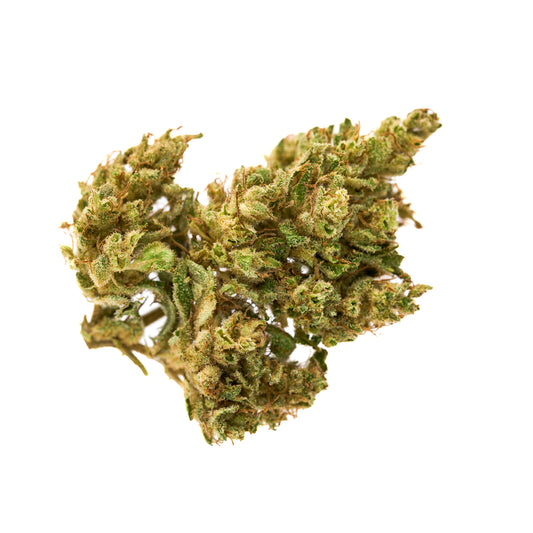
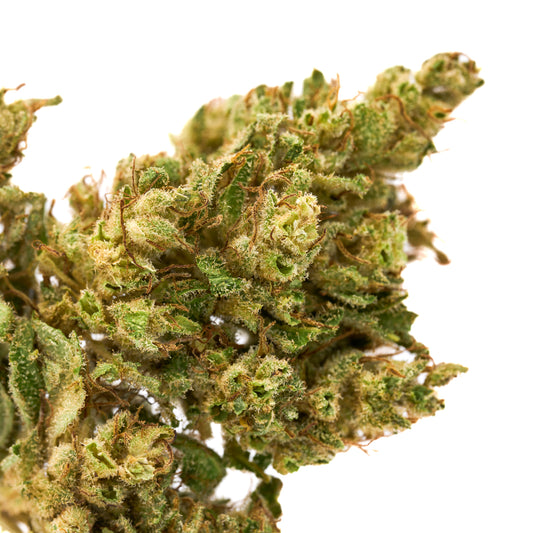
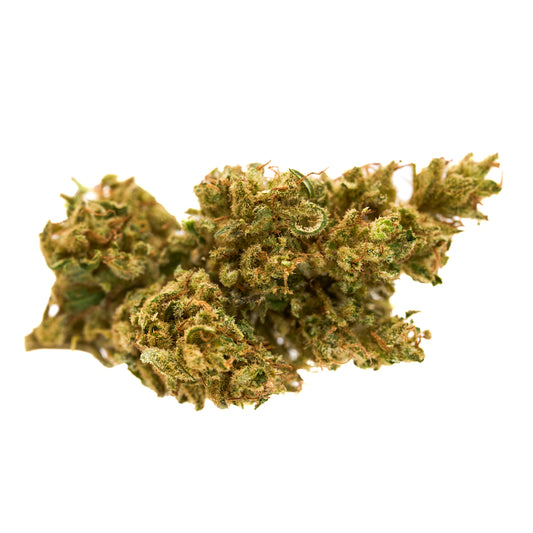
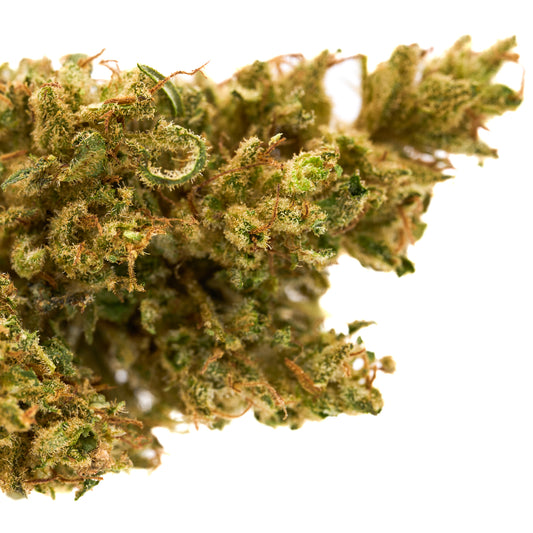
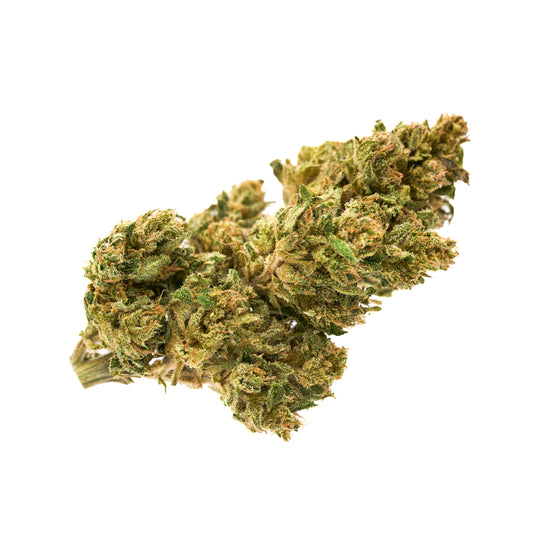
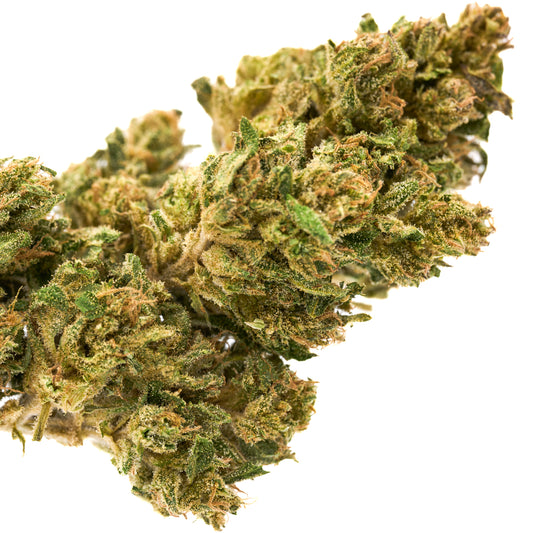



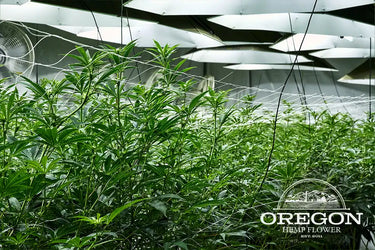

Leave a comment
Please note, comments need to be approved before they are published.